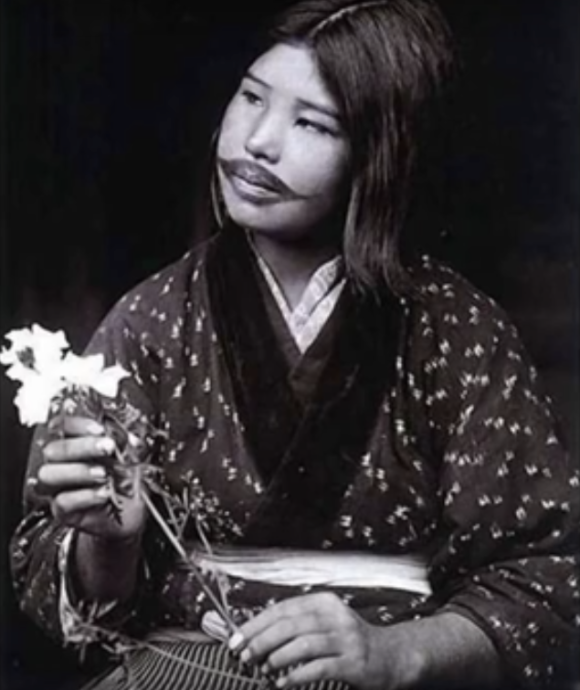
Bear sacrifice, female tattooing and fish-skin boots are all hallmarks of Ainu culture. Join us as we learn about Japan’s indigenous people and watch an intriguing video about their way of life.
The Ainu are the indigenous inhabitants of Japan’s northern-most island of Hokkaido. The Ainu also populated the Kuril and Sakhalin islands. Hokkaido, called Ezo until 1869, was acquired by Japan during the Tokugawa Shogunate (1603–1868) purposing to be a buffer for protection from Russia. But it wasn’t until 1947 that Hokkaido was awarded the status of “prefecture” and only in 2008 were the Ainu formally recognized as indigenous people of Japan.
The Ainu had a particular culture and way of life that would be banished under the Edo government when they imposed strict orders for the Ainu to adopt mainstream Japanese life and customs. Although there are still an estimated 24,000 Ainu living in Japan, they remain a marginalized people who suffer from the effects of subjugation, deracination and compromised identity.
At the end of this article is a video of this indigenous people’s life of 100 years ago, giving us insight into the ways of the Ainu, their artifacts, customs and fascinating traditions. But before we watch it, we’ll give some background information you’ll need to understand many of the images that may not be so evident otherwise.
Ainu Relationship with Bears
The Ainu revered nature and believed that gods descended upon earth disguised as animals, plants or other objects in order to provide for humans.
Ceremonies were held to send back the spirits of animals to heaven. One of these ceremonies, called iyomante, was held between January and February, when the Ainu sacrificed bears (or sometimes owls). Bears were hunted at the end of their hibernation period and cubs were captured from the dens. The people then raised the cubs themselves. When the cub-come-pet turned about two years old he’d be sent back to heaven in a bear sacrifice where he would relay the messages of the people to “the great father bear in the sky.” The bear’s meat and pelt was then used for food and clothing and his skull was attached to a pole for worship as a bear god.
▼ A Japanese scroll painting of an Ainu bear sacrifice (c. 1870).
Music and Dance
Music was performed on the mukkuri and tonkori stringed instruments.
▼ Tonkori
Some festival songs are performed by women while sitting in a circle drumming the lid of a container and singing words in a round or a chorus.
▼ Ainu women perform a dance in a group.
Marriage
From the age of 12, women started a long process of tattooing, marking the lips, hands and arms over a three-year period. When the process was complete, usually around age 15 or 16, she was eligible for marriage. Tattooing was a woman’s domain and only women tattooed each other. The Japanese government banned tattooing in the Edo period for being “cruel” and, presumably, because tattooing was associated with felonious activity in Japan.
▼ An Ainu woman with tattooed lips
▼ Tattooed designs on hands.
Some marriages were arranged by parents whereas others were mutual consent. When a man wanted to propose to a woman, he went to her house where a simple procedure was conducted to decide whether they’d be betrothed. The girl would serve her suitor a bowl of rice, and he would eat half the rice and hand the bowl back to her. If she took kindly to this gesture and finished the other half, that was taken as a sign of acceptance of the proposal. However, if she put the rice down next to her, ignoring it, that was a rejection.
▼ To finish the bowl of rice, or not to…
At the wedding ceremony, the couple would repeat the rice bowl ritual with both parties finishing their half.
When children came along, babies were given nicknames until around age two or three, after which they were bestowed a permanent name.
Traditional Dress
The original Ainu clothing was made from “birdskin” and feathers, as well as the hides of bear, deer, fox, seal, dog, and others. Some clothing was even fashioned from “fishskin” of salmon and trout. Other attire was crafted from plant material, such as wild rye and bark from Elm trees (called “attush.”) The Sakhalin Ainu wore white clothes made from the fiber of the Staff tree, for example. For formal occasions these plain clothes were adorned with applique and embroidery. As time went on and cotton was traded from mainland Japan, the applique and embroidery became more elaborate.
▼ Ainu women donned embroidered headbands, earrings and long necklaces of glass beads.
▼ Men often had beards and carried short swords which they draped over one shoulder.
Food
In the summers the Ainu fished for salmon and sea urchins and used wooden canoes. Salmon and trout were killed individually with spears, through basket traps or by damning rivers. In the ocean they hunted swordfish, tuna, sunfish, seals, dolphins and whales.
When the harsh winters came upon them, they turned to hunting bear, deer, and other animals which they boiled, dried and smoked. Smoking was done indoors over a fire, after which the meat was wrapped in birch bark and stored.
You can try Ainu food such as rataskep (a stewed dish with sauces), ohaw (soup), and mefun (salted fish entrails) at “HaruKor,” a restaurant in Tokyo.
▼ Venison steak at HaruKor.
Language
The Ainu have their own language, but not a writing system, resulting in a strong oral tradition of passing down stories and rules over generations. Many of Hokkaido’s place names are derived from Ainu language, such as Sapporo (dry, large river), Muroran (small slope), and Lake Toya (pond shore).
We’ll leave you now with this short video, which takes a nostalgic look at some of the Ainu’s cultural traditions through 100-year-old photos plus video footage. Enjoy!
Source: Ainu Museum, Poroto Kotan Ainu Museum (Shiraoi)
Images YouTube (jicken5) unless otherwise noted.
You may also enjoy:
Vanishing Japan: Five things to see before they disappear completely

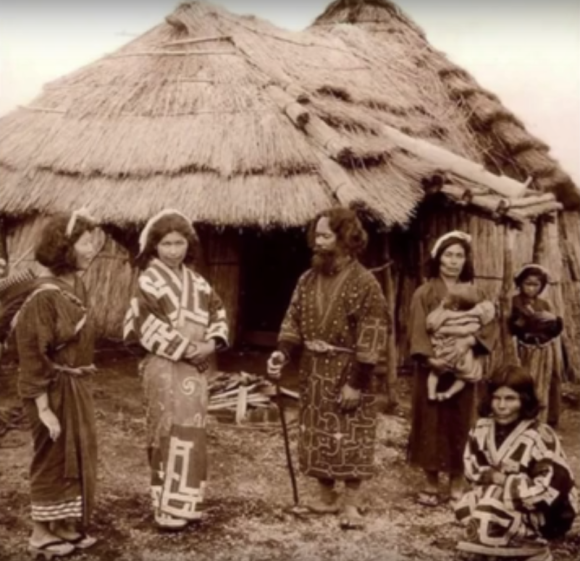
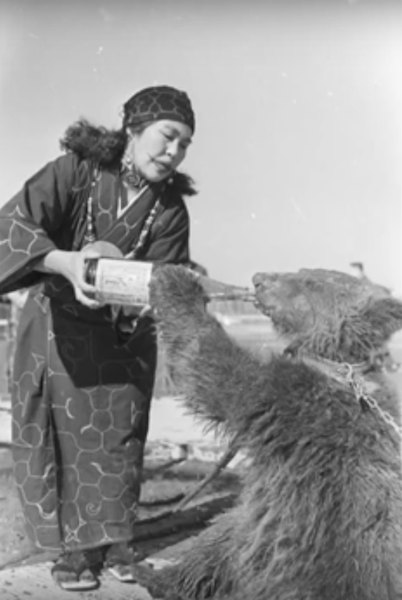
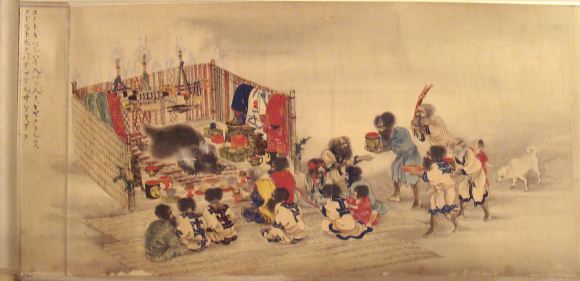
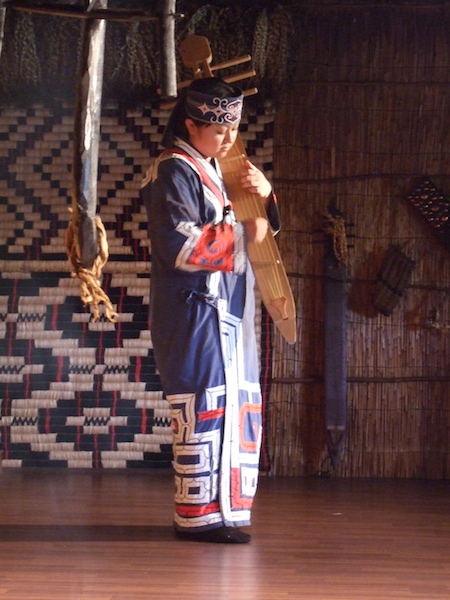
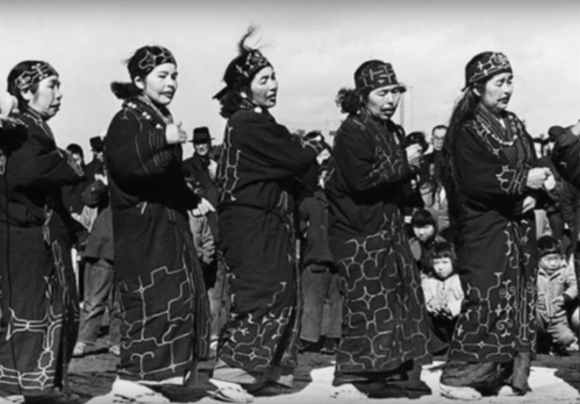
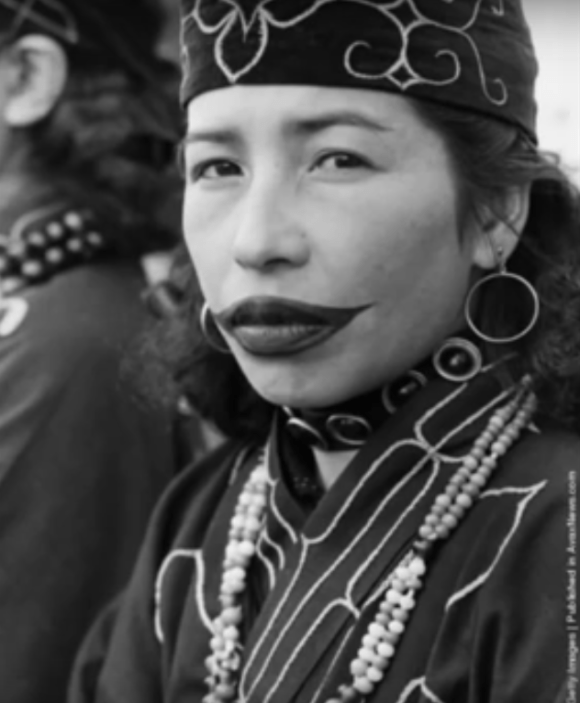
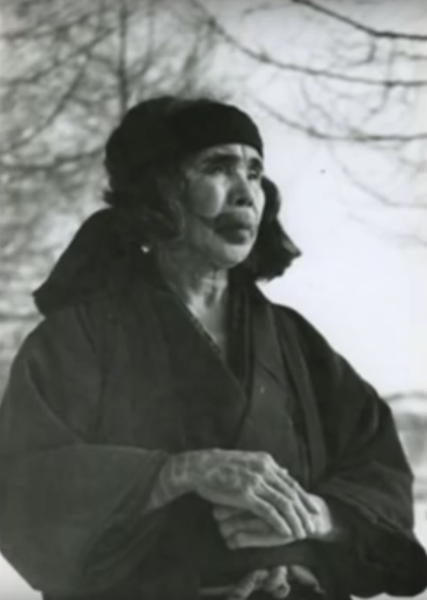
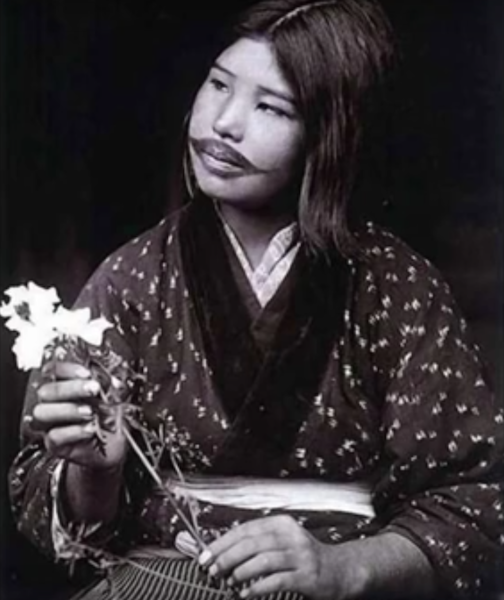
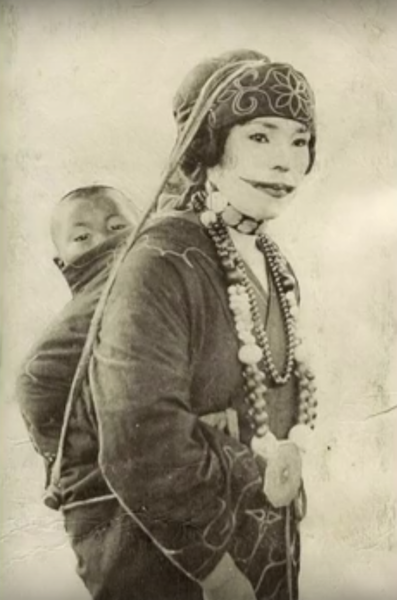
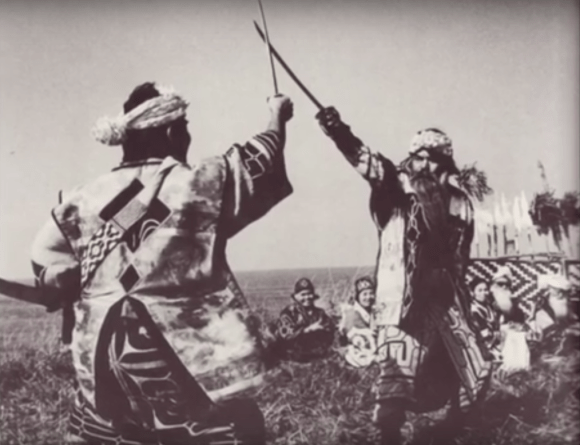

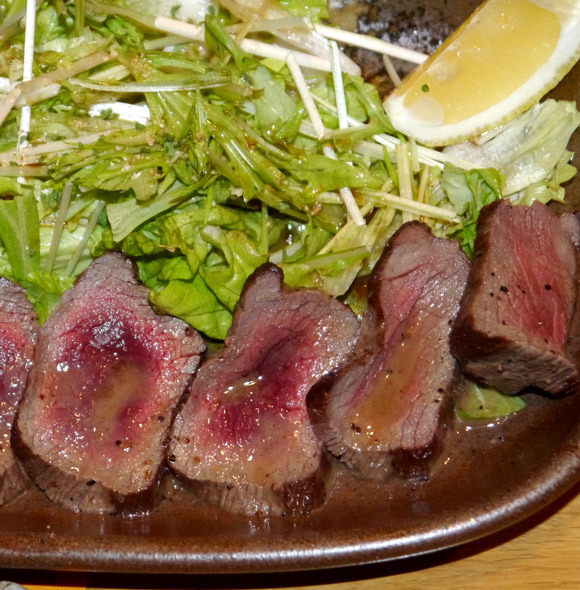
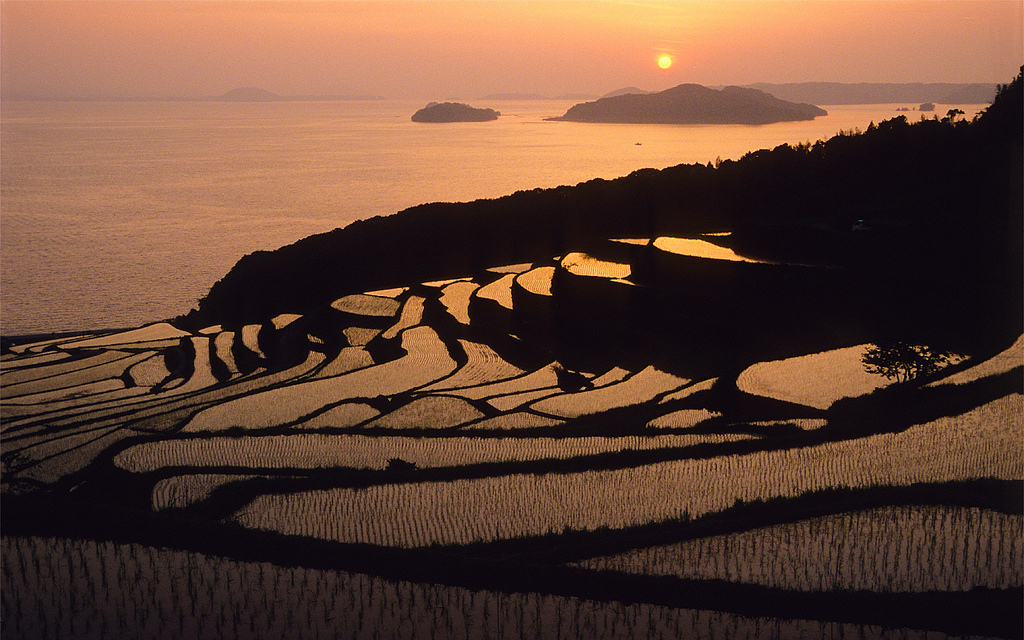
 Tokyo popup shop sells Japanese indigenous Ainu-inspired tableware for limited time
Tokyo popup shop sells Japanese indigenous Ainu-inspired tableware for limited time Journey through Ainu myth in the old-meets-new forest night walk Kamuy Lumina experience
Journey through Ainu myth in the old-meets-new forest night walk Kamuy Lumina experience Private booths are coming to Japan’s Shinkansen bullet trains even sooner than we’d thought【Video】
Private booths are coming to Japan’s Shinkansen bullet trains even sooner than we’d thought【Video】 Rakuten randomly offers 58 New Year’s osechi feasts in Japan, but did we get a star or a dud?
Rakuten randomly offers 58 New Year’s osechi feasts in Japan, but did we get a star or a dud? The oldest tunnel in Japan is believed to be haunted, and strange things happen when we go there
The oldest tunnel in Japan is believed to be haunted, and strange things happen when we go there Daiso unveils new official mascot, Daizo the elephant
Daiso unveils new official mascot, Daizo the elephant Coca-Cola Japan unveils new sakura design bottle for cherry blossom season 2019
Coca-Cola Japan unveils new sakura design bottle for cherry blossom season 2019 Yokohama restaurant serves fried axolotl, along with giant isopod, camel, and crocodile
Yokohama restaurant serves fried axolotl, along with giant isopod, camel, and crocodile Cosplay costume room tour by Japan’s number-one cosplayer Enako is an eye-opener【Video】
Cosplay costume room tour by Japan’s number-one cosplayer Enako is an eye-opener【Video】 Four Shinto shrines to pray for love at in Japan to start the New Year
Four Shinto shrines to pray for love at in Japan to start the New Year Original Totoro plush toys from 80s and 90s re-issued for Studio Ghibli exhibition
Original Totoro plush toys from 80s and 90s re-issued for Studio Ghibli exhibition Dragon Quest Burgers and Slime drinks are coming to McDonald’s Japan【Video】
Dragon Quest Burgers and Slime drinks are coming to McDonald’s Japan【Video】 Starbucks Japan ready to get Year of the Horse started with adorable drinkware and plushies【Pics】
Starbucks Japan ready to get Year of the Horse started with adorable drinkware and plushies【Pics】 Japanese beef bowl chain Sukiya’s 2026 Smile Box lucky bag basically pays for itself
Japanese beef bowl chain Sukiya’s 2026 Smile Box lucky bag basically pays for itself Hayao Miyazaki says Happy New Year to Studio Ghibli fans with new art for Year of the Horse
Hayao Miyazaki says Happy New Year to Studio Ghibli fans with new art for Year of the Horse Cup Noodle tries an authentic Jiro-style ramen, but something’s not quite right
Cup Noodle tries an authentic Jiro-style ramen, but something’s not quite right The best Starbucks Japan Frappuccinos we want to drink again in 2026
The best Starbucks Japan Frappuccinos we want to drink again in 2026 We revisited Sweets Paradise after a decade to see if Japan’s dessert buffet still delivers
We revisited Sweets Paradise after a decade to see if Japan’s dessert buffet still delivers That time Seiji called JASRAC to ask why he didn’t get paid royalties for his song being on TV
That time Seiji called JASRAC to ask why he didn’t get paid royalties for his song being on TV We found possibly the quietest Japanese-style hotel in Tokyo’s bustling Shinjuku district
We found possibly the quietest Japanese-style hotel in Tokyo’s bustling Shinjuku district Pizza Hut Japan’s hot lucky bags are perfect for a New Year’s pizza party
Pizza Hut Japan’s hot lucky bags are perfect for a New Year’s pizza party Japan’s oldest largetooth sawfish in captivity back on display in Mie Prefecture
Japan’s oldest largetooth sawfish in captivity back on display in Mie Prefecture 7-Eleven Japan starts new temporary luggage storage service in over 300 branches
7-Eleven Japan starts new temporary luggage storage service in over 300 branches Disillusionment at Tsukiji’s tourist-target prices led us to a great ramen restaurant in Tokyo
Disillusionment at Tsukiji’s tourist-target prices led us to a great ramen restaurant in Tokyo Starbucks teams up with 166-year-old Kyoto doll maker for Year of the Horse decorations【Photos】
Starbucks teams up with 166-year-old Kyoto doll maker for Year of the Horse decorations【Photos】 Tokyo considering law requiring more trash cans following litter increase in heavily touristed area
Tokyo considering law requiring more trash cans following litter increase in heavily touristed area Tokyo’s Tsukiji sushi neighborhood asks tour groups to stay away for the rest of the month
Tokyo’s Tsukiji sushi neighborhood asks tour groups to stay away for the rest of the month Tokyo event lets you travel back in time, for free, to celebrate 100 years since Showa era start
Tokyo event lets you travel back in time, for free, to celebrate 100 years since Showa era start Japan may add Japanese language proficiency, lifestyle classes to permanent foreign resident requirements
Japan may add Japanese language proficiency, lifestyle classes to permanent foreign resident requirements Sanrio theme park in Japan announces plans to expand into a Sanrio resort
Sanrio theme park in Japan announces plans to expand into a Sanrio resort Stamina-destroying “Paralysis Noodles” are Tokyo’s newest over-the-top ramen innovation
Stamina-destroying “Paralysis Noodles” are Tokyo’s newest over-the-top ramen innovation Survey asks foreign tourists what bothered them in Japan, more than half gave same answer
Survey asks foreign tourists what bothered them in Japan, more than half gave same answer Japan’s human washing machines will go on sale to general public, demos to be held in Tokyo
Japan’s human washing machines will go on sale to general public, demos to be held in Tokyo Japan’s deadliest food claims more victims, but why do people keep eating it for New Year’s?
Japan’s deadliest food claims more victims, but why do people keep eating it for New Year’s? We deeply regret going into this tunnel on our walk in the mountains of Japan
We deeply regret going into this tunnel on our walk in the mountains of Japan Studio Ghibli releases Kodama forest spirits from Princess Mononoke to light up your home
Studio Ghibli releases Kodama forest spirits from Princess Mononoke to light up your home Major Japanese hotel chain says reservations via overseas booking sites may not be valid
Major Japanese hotel chain says reservations via overseas booking sites may not be valid Put sesame oil in your coffee? Japanese maker says it’s the best way to start your day【Taste test】
Put sesame oil in your coffee? Japanese maker says it’s the best way to start your day【Taste test】 No more using real katana for tourism activities, Japan’s National Police Agency says
No more using real katana for tourism activities, Japan’s National Police Agency says Starbucks Japan reveals new sakura drinkware collection, inspired by evening cherry blossoms
Starbucks Japan reveals new sakura drinkware collection, inspired by evening cherry blossoms Updated cherry blossom forecast shows extra-long sakura season for Japan this year
Updated cherry blossom forecast shows extra-long sakura season for Japan this year
Leave a Reply